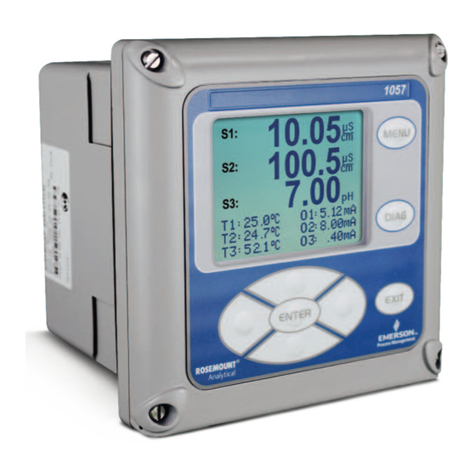Emerson Rosemount 2051CF series User manual
Other Emerson Transmitter manuals
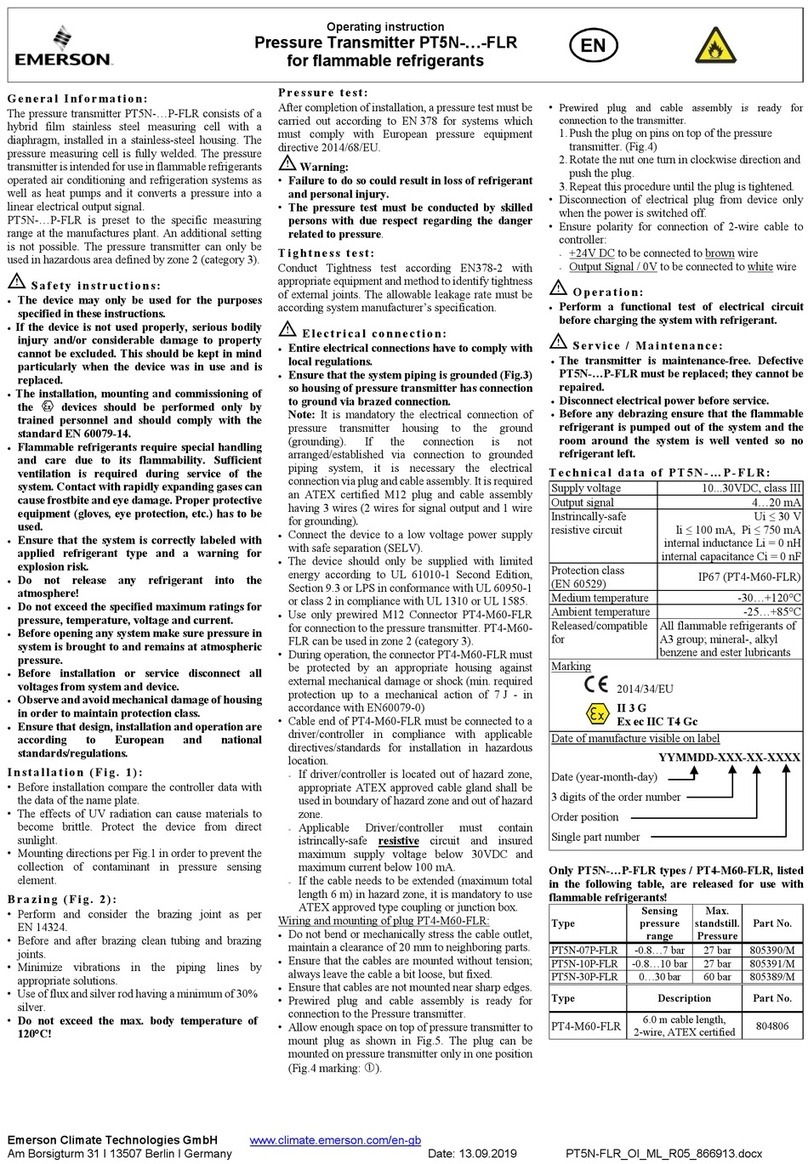
Emerson
Emerson PT5N FLR Series User manual
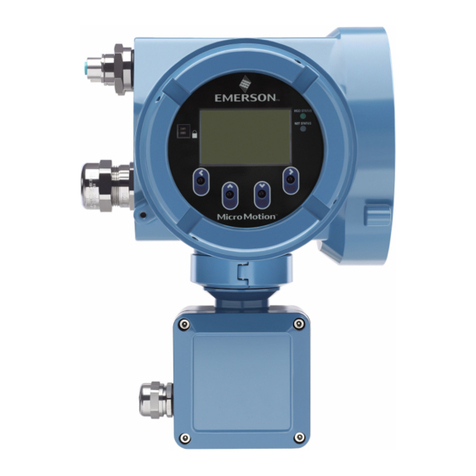
Emerson
Emerson Micro Motion 5700 Quick guide
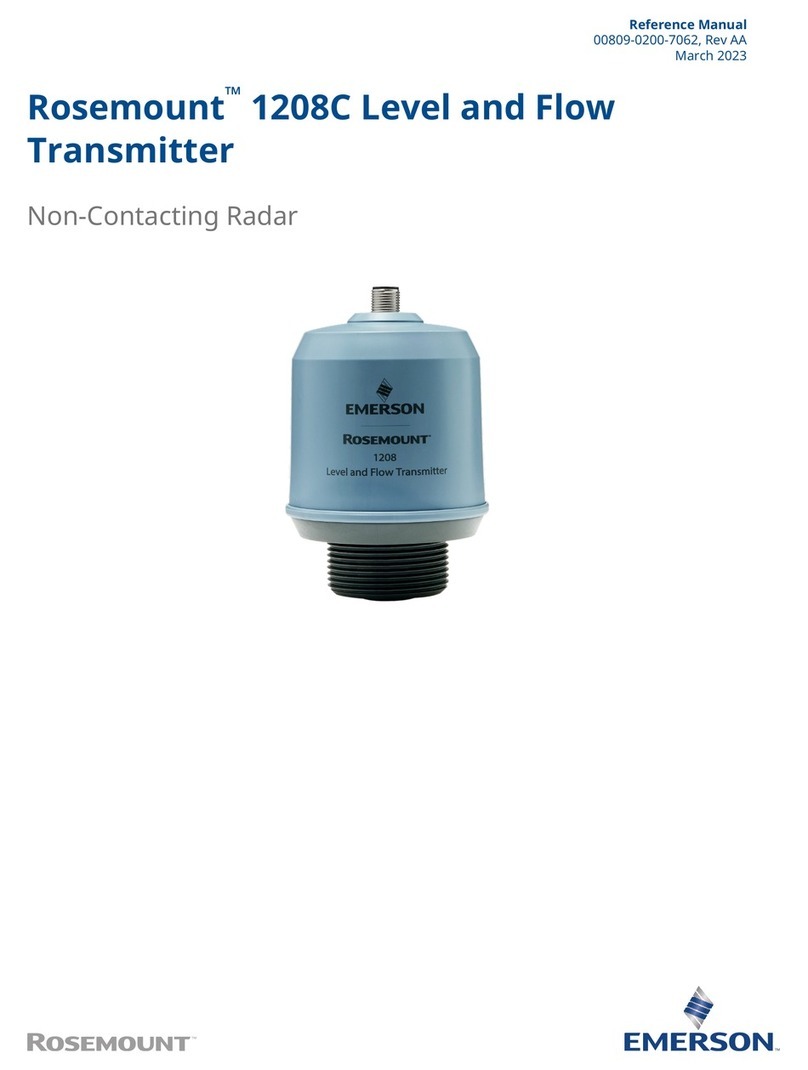
Emerson
Emerson Rosemount 1208C User manual
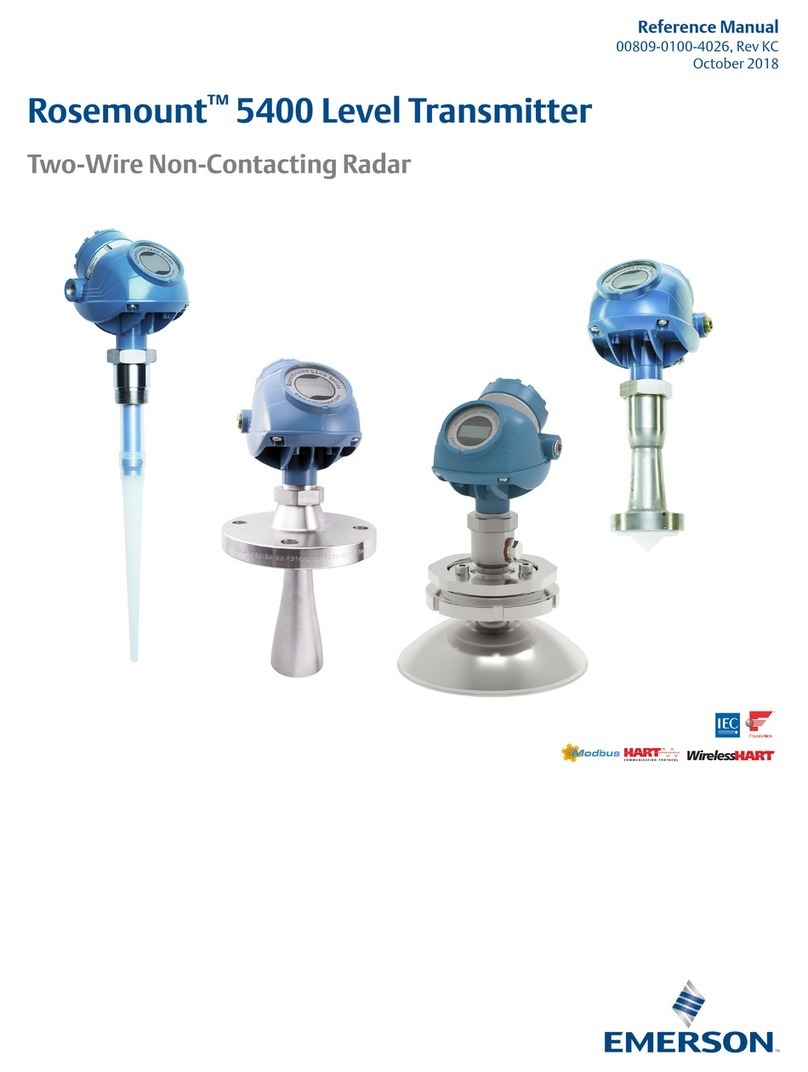
Emerson
Emerson Rosemount 5402 User manual
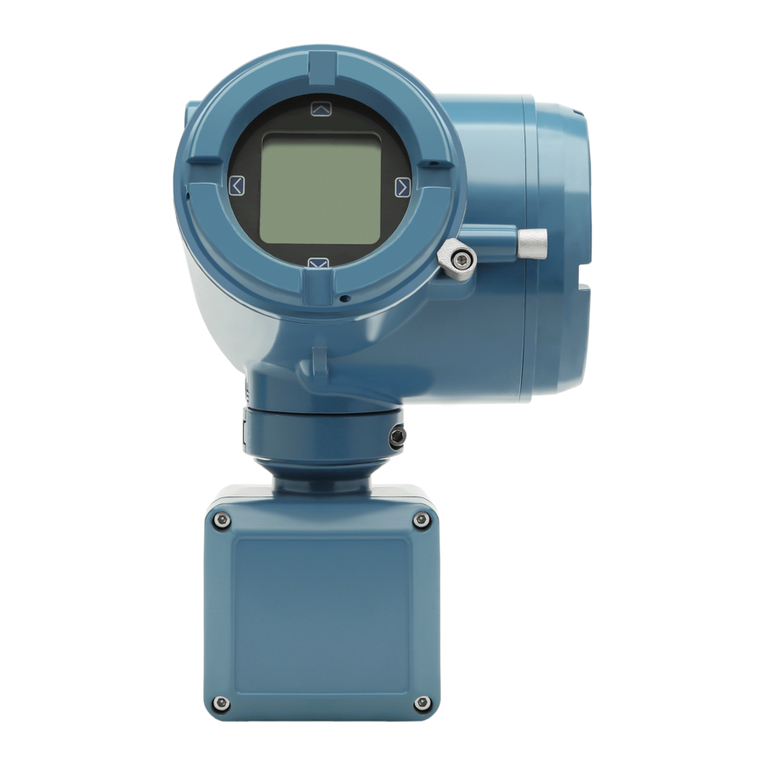
Emerson
Emerson Micro Motion 4200 User manual

Emerson
Emerson Rosemount 3300 Series User manual
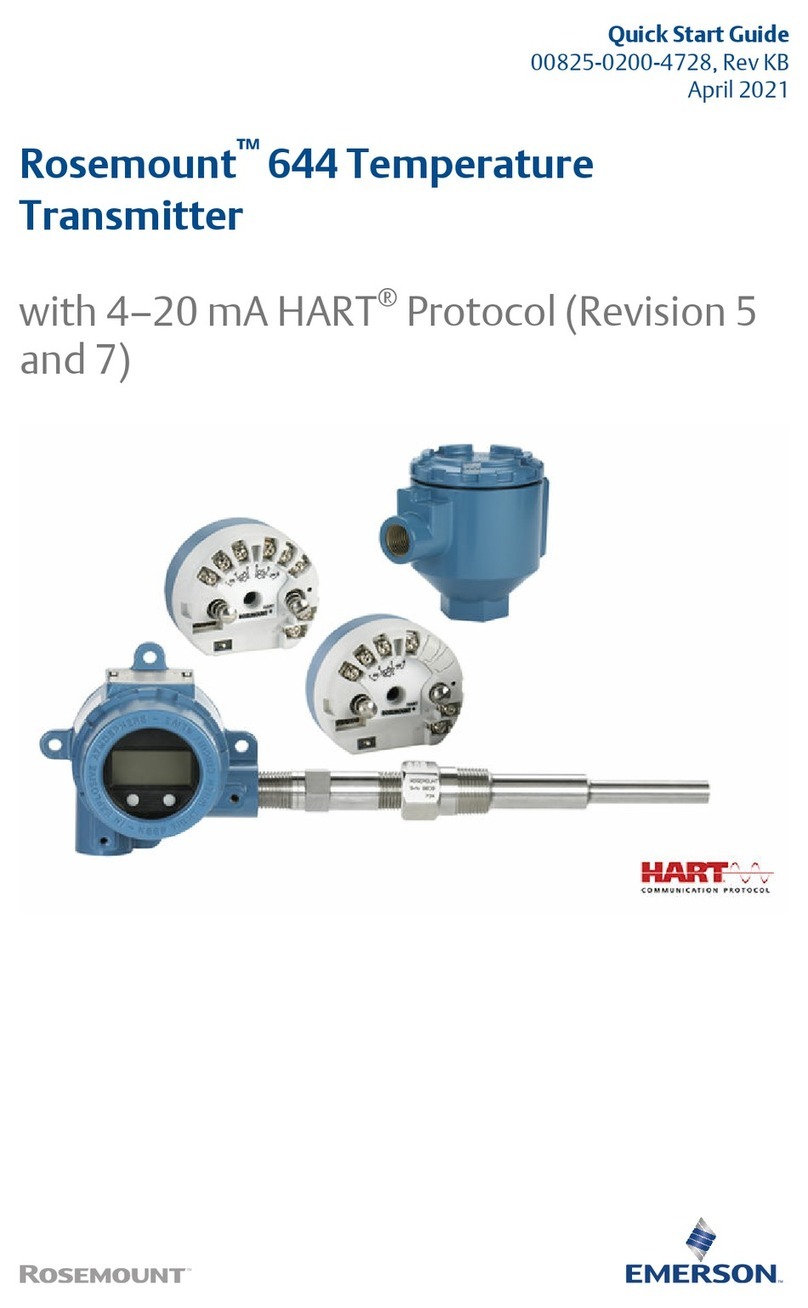
Emerson
Emerson Rosemount 644 User manual

Emerson
Emerson Rosemount 326T User manual
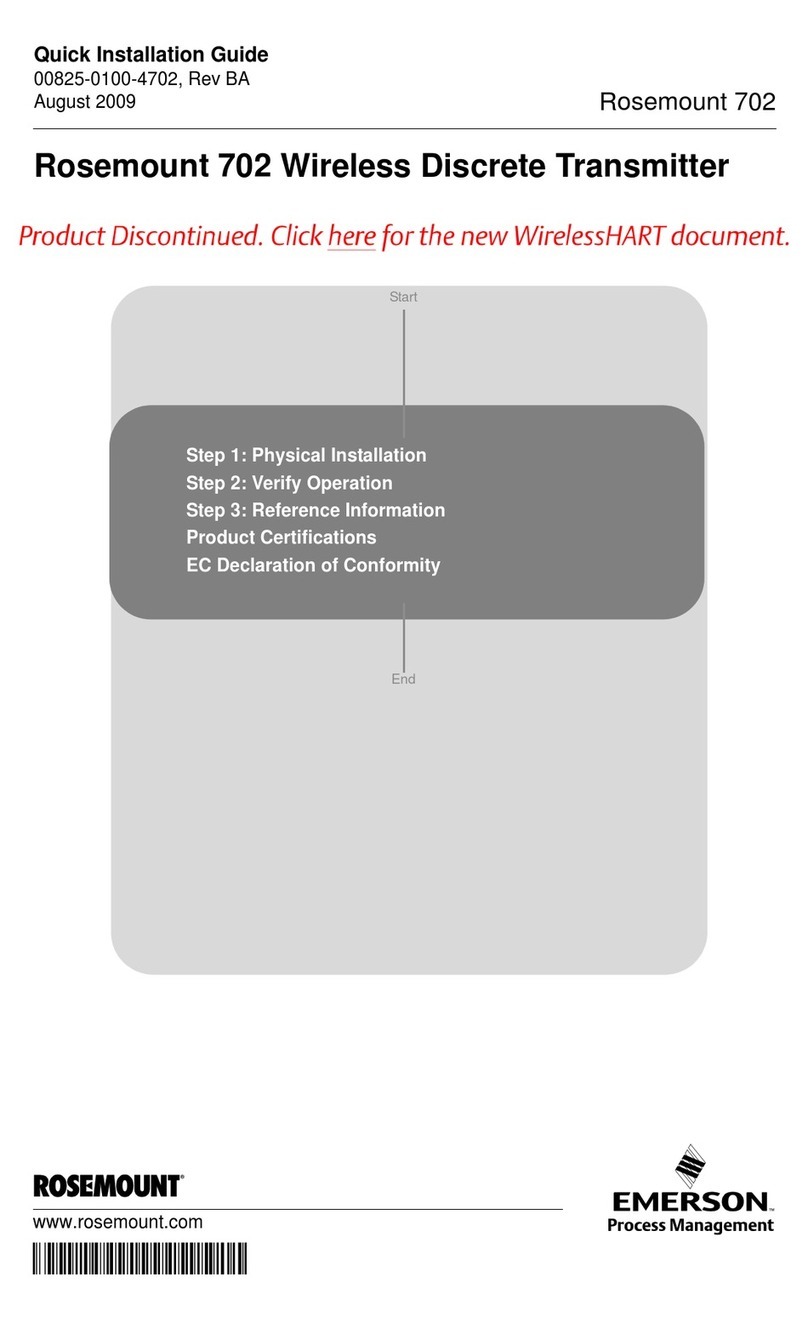
Emerson
Emerson Rosemount 702 User manual
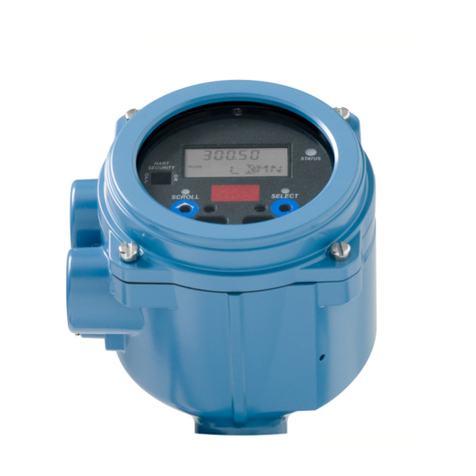
Emerson
Emerson Micro Motion 2400S User manual

Emerson
Emerson Rosemount 248 User manual

Emerson
Emerson Rosemount 1408A User manual

Emerson
Emerson Rosemount 3051S Series User manual

Emerson
Emerson Rosemount 4600 User manual
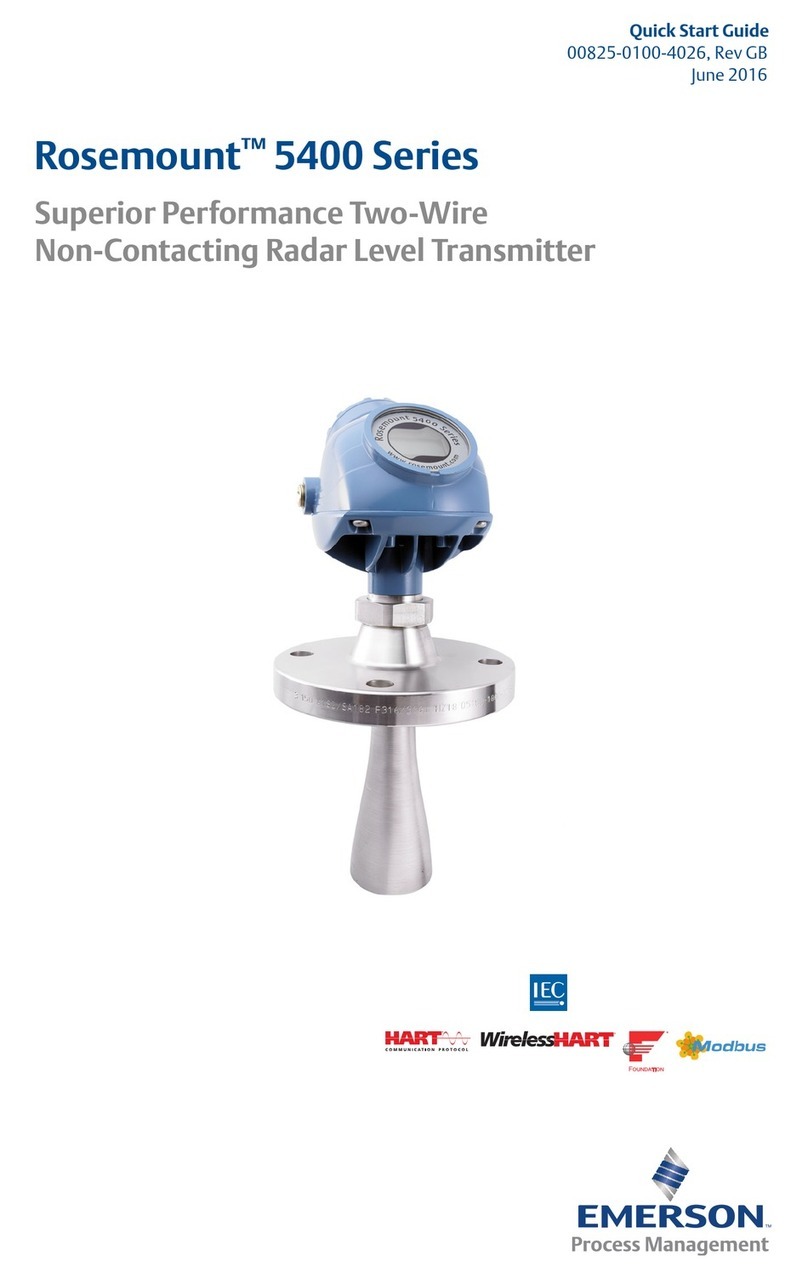
Emerson
Emerson Rosemount 5400 Series User manual

Emerson
Emerson Rosemount 3051 User manual

Emerson
Emerson Rosemount 644h User manual
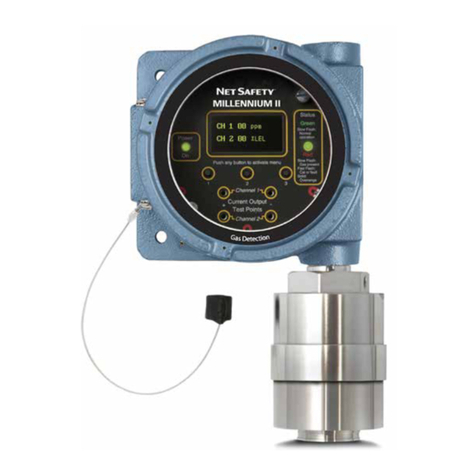
Emerson
Emerson Net Safety Millennium II User manual

Emerson
Emerson Rosemount 848T User manual

Emerson
Emerson Rosemount 8750W User manual
Popular Transmitter manuals by other brands

Dejero
Dejero EnGo 3x manual

Rosemount
Rosemount 4600 Reference manual

Speaka Professional
Speaka Professional 2342740 operating instructions

trubomat
trubomat GAB 1000 instruction manual

Teledyne Analytical Instruments
Teledyne Analytical Instruments LXT-380 instructions

Rondish
Rondish UT-11 quick start guide



